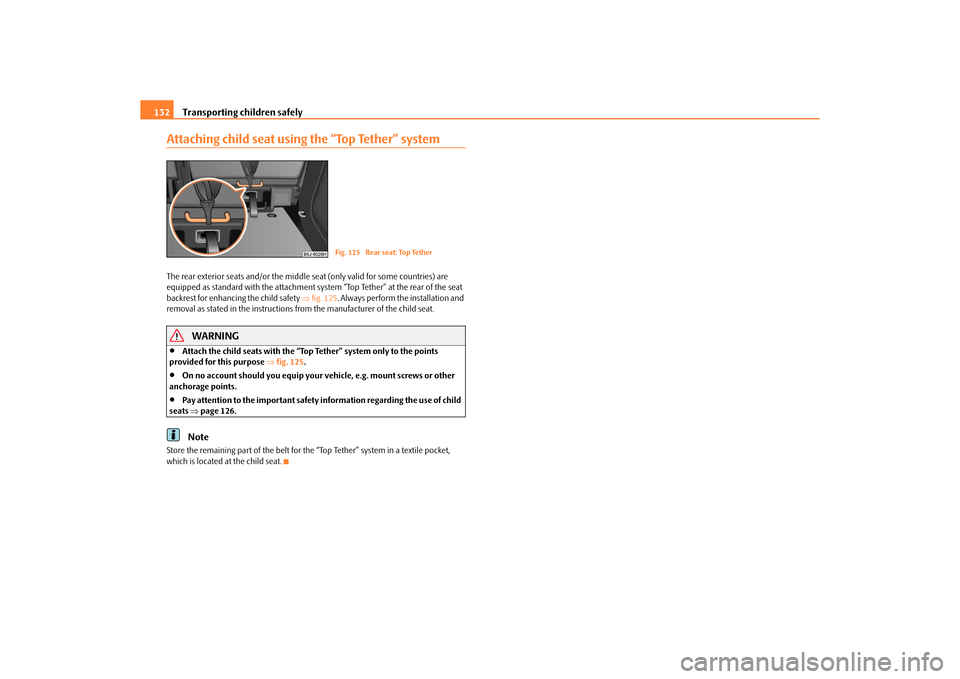Page 129 of 231
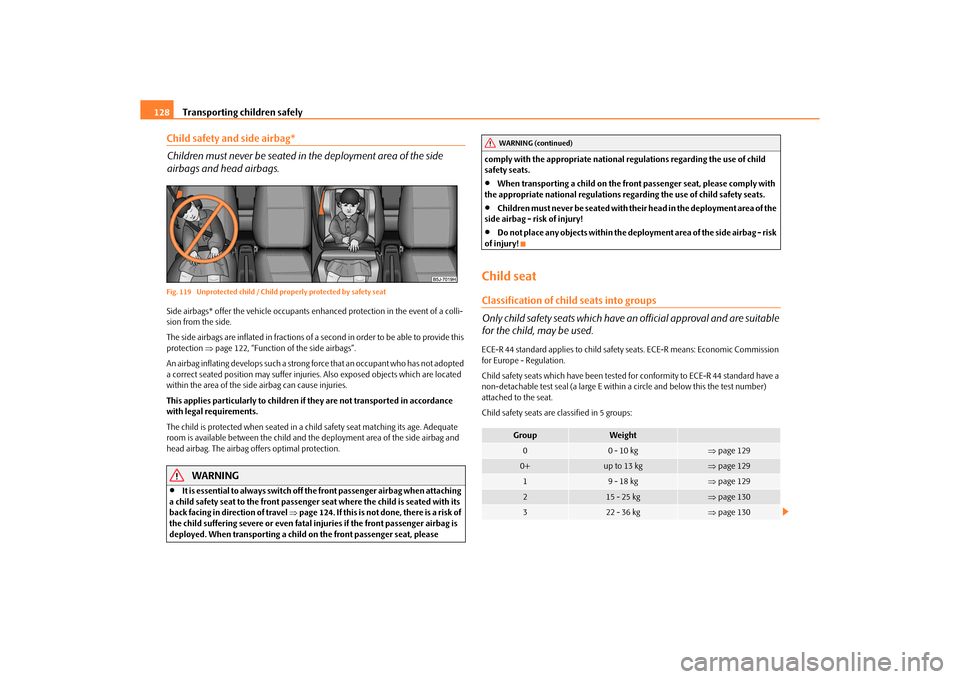
Transporting children safely
128
Child safety and side airbag*
Children must never be seated in the deployment area of the side
airbags and head airbags.Fig. 119 Unprotected child / Child properly protected by safety seatSide airbags* offer the vehicle occupants en hanced protection in the event of a colli-
sion from the side.
The side airbags are inflated in fractions of a second in order to be able to provide this
protection page 122, “Function of the side airbags”.
An airbag inflating develops such a strong force that an occupant who has not adopted
a correct seated position may suffer injuri es. Also exposed objects which are located
within the area of the side airbag can cause injuries.
This applies particularly to children if they are not transported in accordance
with legal requirements.
The child is protected when seated in a chil d safety seat matching its age. Adequate
room is available between the child and the deployment area of the side airbag and
head airbag. The airbag offers optimal protection.
WARNING
It is essential to always switch off th e front passenger airbag when attaching
a child safety seat to the front passenger seat where the child is seated with its
back facing in direction of travel page 124. If this is not done, there is a risk of
the child suffering severe or even fatal in juries if the front passenger airbag is
deployed. When transporting a child on the front passenger seat, please comply with the appropriate national
regulations regarding the use of child
safety seats.
When transporting a child on the front passenger seat, please comply with
the appropriate national regulations r egarding the use of child safety seats.
Children must never be seated with thei r head in the deployment area of the
side airbag - risk of injury!
Do not place any objects within the deployment area of the side airbag - risk
of injury!
Child seatClassification of child seats into groups
Only child safety seats which have an official approval and are suitable
for the child, may be used.ECE-R 44 standard applies to child safety seats. ECE-R means: Economic Commission
for Europe - Regulation.
Child safety seats which have been tested for conformity to ECE-R 44 standard have a
non-detachable test seal (a large E within a circle and below this the test number)
attached to the seat.
Child safety seats are classified in 5 groups:
Group
Weight
0
0 - 10 kg
page 129
0+
up to 13 kg
page 129
1
9 - 18 kg
page 129
2
15 - 25 kg
page 130
3
22 - 36 kg
page 130
WARNING (continued)
s16g.4.book Page 128 Wednesda y, February 10, 2010 3:53 PM
Page 130 of 231

Transporting children safely129
Using the system
Safety
Driving Tips
General Maintenance
Breakdown assistance
Praktik
Technical Data
Children who are more than 1.50 m in height or who weigh more than 36 kg can use
the normal seat belts without a seat bolster.
Use of child seatsAn overview of the usefulness
of child seats on each of the seats according to the ECE-
R44 standard:
Universal category - seat is suitable for all approved types of child safety seats.
The seat can be fitted with fixing eyes for the “ISOFIX*”system.
The seat is equipped as standa rd with the fixing system “To p Te t h e r”.Child seats of group 0/0+
The optimal solution for babies of up to about 9 months old weighing up to 10 kg or
children up to about 18 months old weighing up to 13 kg is a child safety seat which is
fastened in the opposite direction of travel fig. 120 .
Child seats in which the child is facing with its back towards the direction of travel
should not be used on the front passenger seat when the vehicle is fitted with a
front passenger airbag page 127, “Use of child safety seats on the front passenger
seat”.
WARNING
It is essential to always switch off the front passenger airbag at a specialist
garage or with the switch for front passenger airbag* when attaching in excep-
tional circumstances a child safety seat on the front passenger seat where the
child is seated with its back facing in direction of travel page 125.
Please comply with any differing nati onal legal regulations regarding the
use of child safety seats.
If this is not done, a child seated on the front passenger seat may suffer
severe or even fatal injuries if the front passenger airbag or airbags are
deployed.
You should have the front passenger airbag (or airbags) reactivated just as
soon as you no longer use a child safe ty seat on the front passenger seat.
Child safety seats in Group 1Child seats in Group 1 are for babies and small children up to 4 years of age with a
weight of between 9 and 18 kilograms. It is best for children in the lower range of this
Child seat
of the group
Front passenger seat
Rear seat outside
Rear seat middle
0
a)
a)Only valid for some countries.
0+
a)
1
a)
2 and 3
AU
AUA+AT
AUAT
AU
AUA+AT
AUAT
AU
AUA+AT
AUAT
AU
AU
AU
AUA+AT
Fig. 120 Child seats of group 0/0+
Fig. 121 Child seat with padded table in
Group 1 installed on rear seat bench
facing the direction of travel
s16g.4.book Page 129 Wednesda y, February 10, 2010 3:53 PM
Page 131 of 231
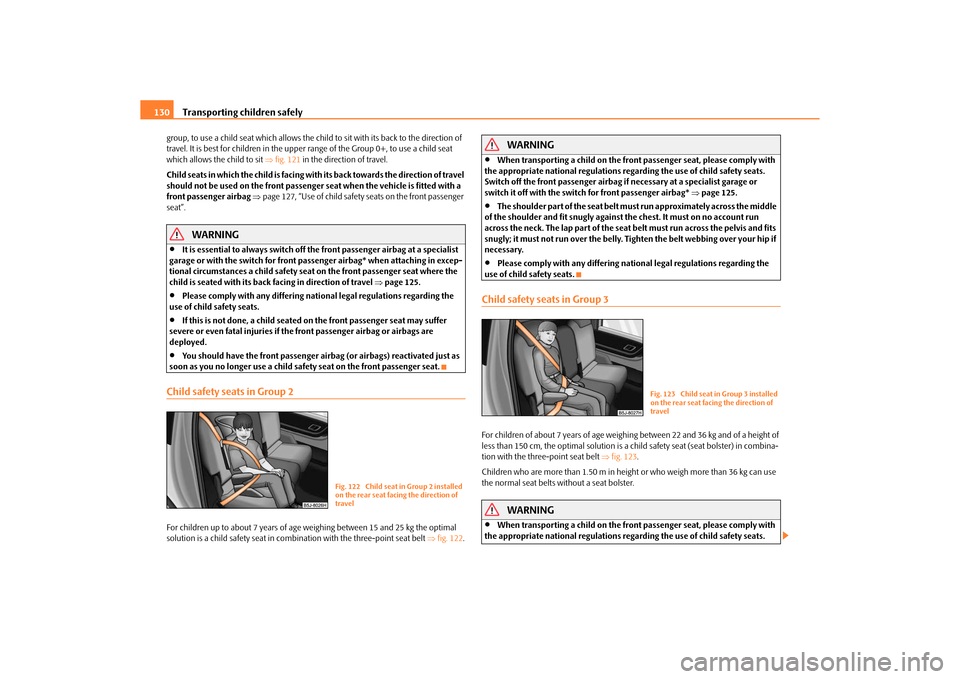
Transporting children safely
130
group, to use a child seat which allows the ch ild to sit with its back to the direction of
travel. It is best for children in the uppe r range of the Group 0+, to use a child seat
which allows the child to sit fig. 121 in the direction of travel.
Child seats in which the child is facing with its back towards the direction of travel
should not be used on the front passenger seat when th e vehicle is fitted with a
front passenger airbag page 127, “Use of child safety seats on the front passenger
seat”.
WARNING
It is essential to always switch off the front passenger airbag at a specialist
garage or with the switch for front passenger airbag* when attaching in excep-
tional circumstances a child safety seat on the front passenger seat where the
child is seated with its back facing in direction of travel page 125.
Please comply with any differing nati onal legal regulations regarding the
use of child safety seats.
If this is not done, a child seated on the front passenger seat may suffer
severe or even fatal injuries if the front passenger airbag or airbags are
deployed.
You should have the front passenger airb ag (or airbags) reactivated just as
soon as you no longer use a child safe ty seat on the front passenger seat.
Child safety seats in Group 2For children up to about 7 years of age weighing between 15 and 25 kg the optimal
solution is a child safety seat in combination with the three-point seat belt fig. 122 .
WARNING
When transporting a child on the front passenger seat, please comply with
the appropriate national regulations rega rding the use of child safety seats.
Switch off the front passenger airbag if necessary at a specialist garage or
switch it off with the switch for front passenger airbag* page 125.
The shoulder part of the seat belt mu st run approximately across the middle
of the shoulder and fit snugly against the chest. It must on no account run
across the neck. The lap part of the seat belt must run across the pelvis and fits
snugly; it must not run over the belly. Tighten the belt webbing over your hip if
necessary.
Please comply with any differing nati onal legal regulations regarding the
use of child safety seats.
Child safety seats in Group 3For children of about 7 years of age weighing between 22 and 36 kg and of a height of
less than 150 cm, the optimal solution is a child safety seat (seat bolster) in combina-
tion with the three-point seat belt fig. 123 .
Children who are more than 1.50 m in heig ht or who weigh more than 36 kg can use
the normal seat belts without a seat bolster.
WARNING
When transporting a child on the front passenger seat, please comply with
the appropriate national regulations rega rding the use of child safety seats.
Fig. 122 Child seat in Group 2 installed
on the rear seat facing the direction of
travel
Fig. 123 Child seat in Group 3 installed
on the rear seat facing the direction of
travel
s16g.4.book Page 130 Wednesday, February 10, 2010 3:53 PM
Page 132 of 231

Transporting children safely131
Using the system
Safety
Driving Tips
General Maintenance
Breakdown assistance
Praktik
Technical Data
Switch off the front passenger airbag if
necessary at a specialist garage or
switch it off with the switch for front passenger airbag* page 125.
The shoulder part of the seat belt mu st run approximately across the middle
of the shoulder and fit snugly against the chest. It must on no account run
across the neck. The lap part of the seat belt must run across the pelvis and fits
snugly; it must not run over the belly. Tighten the belt webbing over your hip if
necessary.
Please comply with any differing nati onal legal regulations regarding the
use of child safety seats.
Attaching a child seat using the “ISOFIX” system*Fig. 124 Locking eyes (ISOFIX system) / the ISOFIX child seat is pushed into the mounting
funnelsThere are two locking eyes between the rear exterior seat backrest and the surface of
the seat itself on both sides for fixing the “ISOFIX” system child seat in place.
– Insert the mounting funnels onto the locking eyes between the seat back-
rest and the seat cushion fig. 124 .
– Push the notched arms of the child seat into the locking eyes until they are heard to lock in place fig. 124.
– Pull on both sides of the child seat! One can mount a child safety seat using the “ISOFIX” system quickly, easily and reliably.
Please pay close attention to
instructions from the manufa cturer of the child safety
seat when installing and removing the seat.
Child seats fitted with the “ISOFIX” system can only be mounted and fixed in a vehicle
fitted with an “ISOFIX” system when these child seats have been released for this type
of vehicle according to the ECE-R 44 standard.
Child safety seats with the fixing system “ISOFIX” can be obtained from Škoda original
accessories.
Complete installation instructions are enclosed with the child safety seat.
WARNING
The locking eyes have just been deve loped for child safety seats which use
the “ISOFIX” system. You should therefore never attach other child safety seats,
seat belts or objects to the locking eyes - hazard!
Ask a specialist garage whether a child seat which you bought for another
vehicle is recommended for use in your vehicle before using a child seat with
“ISOFIX” system.
Certain child seats which use the “ISO FIX” system can be attached with
standard three-point seat belts. Please pay close attention to instructions from
the manufacturer of the child safety seat when installing and removing the seat.Note
Child seats which use the “ISOFIX” system are currently available for children
weighing up to about 18 kg. This corres ponds to an age range up to 4 years.
The child seats can also be fitted with the “Top Tether” system page 132.
WARNING (continued)
AA
AB
s16g.4.book Page 131 Wednesda y, February 10, 2010 3:53 PM
Page 133 of 231
Transporting children safely
132
Attaching child seat using the “Top Tether” systemThe rear exterior seats and/or the middle seat (only valid for some countries) are
equipped as standard with the attachment syst em “Top Tether” at the rear of the seat
backrest for enhancing the child safety fig. 125 . Always perform the installation and
removal as stated in the instructions from the manufacturer of the child seat.
WARNING
Attach the child seats with the “Top Tether” system only to the points
provided for this purpose fig. 125 .
On no account should you equip your vehicle, e.g. mount screws or other
anchorage points.
Pay attention to the important safety information regarding the use of child
seats page 126.Note
Store the remaining part of the belt for the “Top Tether” system in a textile pocket,
which is located at the child seat.
Fig. 125 Rear seat: Top Tether
s16g.4.book Page 132 Wednesda y, February 10, 2010 3:53 PM
Page 134 of 231

Intelligent Technology133
Using the system
Safety
Driving Tips
General Maintenance
Breakdown assistance
Praktik
Technical Data
Driving TipsIntelligent TechnologyElectronic stability programme (ESP)*GeneralGeneral
The ESP aids you in maintaining control of your vehicle in situations in which the
vehicle is driving at its dynamic limits, such as entering a curve fast. The risk of skidding
is reduced and your vehicle thus offers greater driving stability depending on the
conditions of the road surface. The system operates at all speeds.
The following systems are integrated into the electronic stability programme:
Electronic Differential Lock (EDL);
Traction control system (TCS);
Antilock brake system (ABS);
Brake Assist;
Uphill Start Assist
Operating principle
The ESP switches on automati cally when the engine is started and then conducts a
self-test. The ESP control unit processes data from the individual systems. It also proc-
esses additional measurement data which are supplied by highly sensitive sensors: the
rotational velocity of the vehicle about its ve rtical axis, the lateral acceleration of the
vehicle, the braking pressure and the steering angle.
The direction which the driver wishes to take is determined based on the steering
angle and the speed of the vehicle and is co nstantly compared with the actual behav-
iour of the vehicle. If differences exist, such as the vehicle beginning to skid, the ESP will
automatically brake the appropriate wheel.
The car is stabilised again by the forces wh ich take effect when the wheel is braked.
Intervention into the brake system takes place primarily on the outer front wheel of a
vehicle which tends to oversteer (tendency fo r the rear of the vehicle to break away) while occurs this is on the inner rear wh
eel of a vehicle which tends to understeer
(tendency to shift out of the curve). This braking control cycle is accompanied by
noises.
If the ESP helps to stabilise the vehicle (f or example when applying and releasing a
braking force to an individual wheel), then the indicator light
flashes quickly.
The ESP system cannot be switched off, only the TCS system can be switched off by
pressing the button page 134, fig. 126. The warning light
page 30 lights up if
the TCS system is switched off.
The warning light
lights up permanently if there is a fault in the ESP system.
The fact that the ESP system operates together with the ABS means that the ESP
warning light will also come on if the ABS system is not operating properly.
If the warning light comes on immediately after starting the engine, the ESP system
can be switched off for technical reasons. In this case, the ESP system can be switched
on again by switching the igni tion on and off. If the warning light goes out, the ESP
system is fully functional again.
WARNING
It is also not possible for the ESP to overcome the physical limits of the vehicle.
Even if a vehicle fitted with ESP you should still always adapt your style of
driving to the condition of the road surfac e and the traffic situation. This partic-
ularly applies when driving on slippery and wet roads. The increased safety
offered must not tempt you to take greater risks than otherwise - risk of an acci-
dent!
Note
All four wheels must be fitted with the same tyres in order to achieve problem-free
operation of the ESP. Differing rolling circum ferences of the tyres can lead to an unde-
sirable reduction in the engine output.
s16g.4.book Page 133 Wednesda y, February 10, 2010 3:53 PM
Page 135 of 231

Intelligent Technology
134
Changes to vehicle (e.g. on engine, on th e brakes, on chassis or another combina-
tion of tyres and wheels) can influence the function of the ESP page 179, “Accesso-
ries, changes and replacement of parts”.
Traction control system (TCS)*
The traction control system prevents the driven wheels from spinning
when accelerating.General
The TCS makes it much easier, and sometimes at all possible, to start off, accelerate and
climb a steep hill when the conditions of the road surface are unfavourable.
Operating principle
The TCS switches on automatically when th e engine is started and then conducts a
self-test. The system monitors the speeds of the driven wheels with the aid of the ABS
sensors. If the wheels are spinning, the force transmitted to the road surface is auto-
matically adapted by reducing the engine speed. The system operates at all speeds.
The TCS operates in combination with the ABS page 136, “Antilock brake system
(ABS)”. The TCS will not function if a fault exists in the ABS system.
Switching off
You can switch the TCS off and on again as you wish by pressing the button fig. 126 .
The TCS warning light lights up in the instru ment cluster when the TCS is switched off page 30. The TCS should normally always
be switched on. It may be good practice in certain
exceptional cases, such as when you wish to have wheel slip, to switch off the system.
Examples:
when driving with snow chains;
when driving in deep snow or on a loose surface;
when it is necessary to rock a vehicle when it has become stuck.
then you should switch on the TCS again.
WARNING
You should always adjust your style of driving to the conditions of the road
surface and the traffic situation. The increased safety offered must not tempt
you to take greater risks than otherwise - risk of an accident!
Note
All four wheels must be fitted with the same tyres in order to achieve problem-free
operation of the TCS. Differing rolling circum ferences of the tyres can lead to an unde-
sirable reduction in the engine output.
Changes to vehicle (e.g. on engine, on the brakes, on chassis or another combina-
tion of tyres and wheels) can influence the function of the TCS page 179, “Accesso-
ries, changes and replacement of parts”.
Electronic Differential Lock (EDL)*
The electronic differential lock prev ents an individual wheel from slip-
ping.Models fitted with ESP are equipped with electronic differential lock (EDL).
General
The EDL makes it much easier, and sometimes at all possible, to st art off, accelerate
and climb a steep hill when the conditions of the road surface are unfavourable.
Fig. 126 TCS switch
s16g.4.book Page 134 Wednesda y, February 10, 2010 3:53 PM
Page 136 of 231

Intelligent Technology135
Using the system
Safety
Driving Tips
General Maintenance
Breakdown assistance
Praktik
Technical Data
Operating principle
The EDL is activated automaticall
y, that is without any action on the part of the driver.
It monitors the speeds of the driven wheels with the aid of the ABS sensors. Should
only one drive wheel begin spinning on a slippery surface there will be an appreciable
difference in the speed of the driven wheels. The EDL function brakes the slipping
wheel and the differential transmits a greater driving force to the other driven wheel.
This control process is also accompanied by noises.
Overheating of the brakes
The EDL switches off automatically if unusually severe stresses exist in order to avoid
excessive heat generation in the disc brake on the wheel which is being braked. The
vehicle can continue to be driven and has the same characteristics as a vehicle not
fitted with EDL.
The EDL switches on again automatically as soon as the brake has cooled down.
WARNING
Carefully depress the accelerator when accelerating on uniformly slippery
road surfaces, such as ice and snow. The driven wheels might still spin despite
the EDL and affect the stability of the vehicle - risk of an accident!
You should always adapt your style of driving to the condition of road
surface and to the traffic situation even when your vehicle is fitted with EDL.
The increased safety offered must not tempt you to take greater risks than
otherwise - risk of an accident!Note
If the ABS or TCS or ESP warning light comes on, this may also indicate a fault in the
EDL. Please have the vehicle inspected as soon as possible by a specialist garage.
Changes to vehicle (e.g. on engine, on th e brakes, on chassis or another combina-
tion of tyres and wheels) can in fluence the function of the EDL page 179, “Accesso-
ries, changes and replacement of parts”.
BrakesWhat has a negative effect on braking efficiency?Wear-and-tear
Wear-and-tear to the brake pa ds is greatly dependent on the operating conditions of
the vehicle and your style of driving. Particularly if you drive a great deal in towns and
over short distances or if you adopt a sporty style of driving, it may be necessary to
have the thickness of the brake pads insp ected at a specialist garage between the
service inspections.
Wet roads or road salt
There may be a certain delay before the brakes take full effect un der certain conditions
such as when driving through water, during heavy rain showers or after the vehicle has
been washed in an automatic vehicle wash , since the brake discs and brake pads may
be moist or even have a coating of ice on them in winter. You should dry the brakes as
soon as possible by applying and releasing the brakes several times.
There also may be a certain delay before the full braking efficiency is available when
driving on roads which have been treated with road salt if you have not used the brakes
for some considerable time beforehand. The layer of salt on the brake discs and brake
pads must first be rubbed off when you apply the brakes.
Corrosion
Corrosion on the brake discs and dirt on th e bake pads occur if the vehicle has been
parked for a long period and if you do not make much use of the braking system.
We recommend cleaning the brake discs by firm ly applying the brakes at a fairly high
speed if you do not make much use of the braking system or if surface corrosion is
present .
Faults in the brake surface
If you notice that the braking distance has suddenly become longer and that the brake
pedal can be depressed further, it is possib le that a brake circuit of the dual-circuit
brake system has failed. Drive, in such cases, to the nearest specialist garage without
delay in order to have the problem rectified. Drive at a reduced speed while on your
way to the dealer and adapt your style of driving to the higher brake pedal pressure
required.
s16g.4.book Page 135 Wednesda y, February 10, 2010 3:53 PM
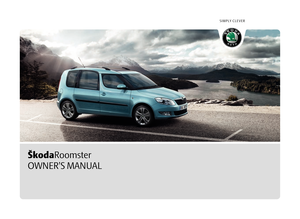 1
1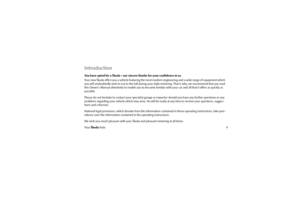 2
2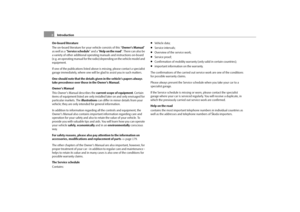 3
3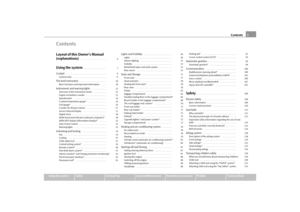 4
4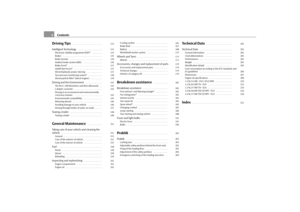 5
5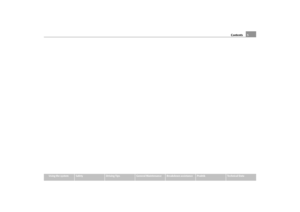 6
6 7
7 8
8 9
9 10
10 11
11 12
12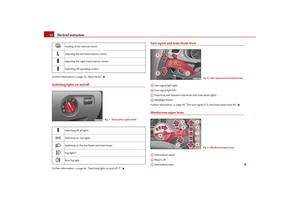 13
13 14
14 15
15 16
16 17
17 18
18 19
19 20
20 21
21 22
22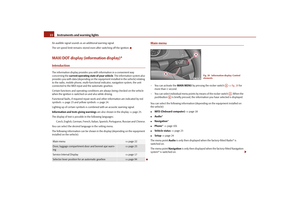 23
23 24
24 25
25 26
26 27
27 28
28 29
29 30
30 31
31 32
32 33
33 34
34 35
35 36
36 37
37 38
38 39
39 40
40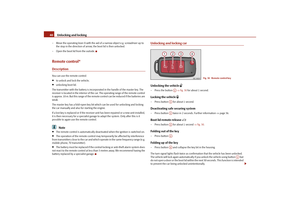 41
41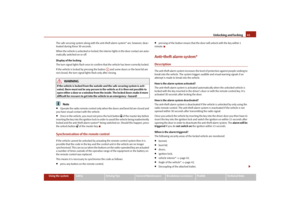 42
42 43
43 44
44 45
45 46
46 47
47 48
48 49
49 50
50 51
51 52
52 53
53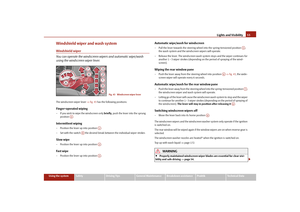 54
54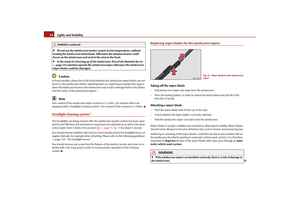 55
55 56
56 57
57 58
58 59
59 60
60 61
61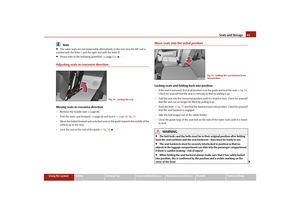 62
62 63
63 64
64 65
65 66
66 67
67 68
68 69
69 70
70 71
71 72
72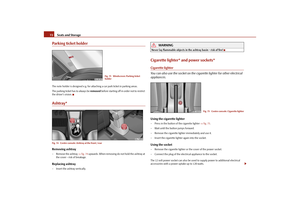 73
73 74
74 75
75 76
76 77
77 78
78 79
79 80
80 81
81 82
82 83
83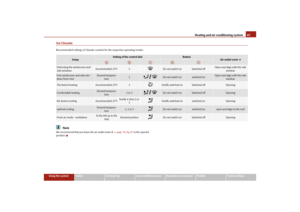 84
84 85
85 86
86 87
87 88
88 89
89 90
90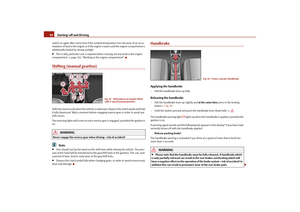 91
91 92
92 93
93 94
94 95
95 96
96 97
97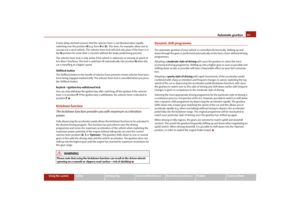 98
98 99
99 100
100 101
101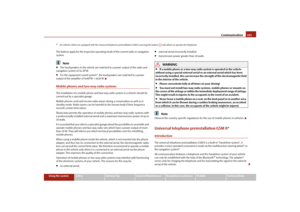 102
102 103
103 104
104 105
105 106
106 107
107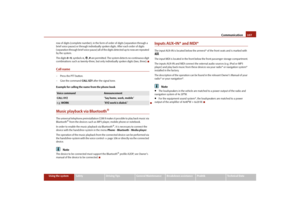 108
108 109
109 110
110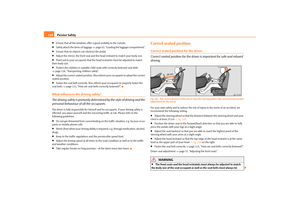 111
111 112
112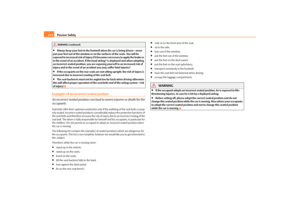 113
113 114
114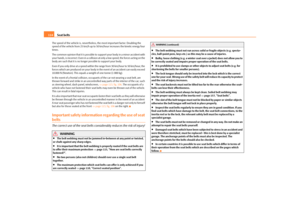 115
115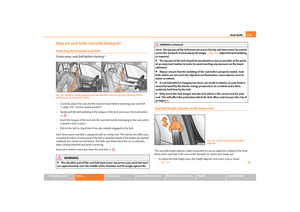 116
116 117
117 118
118 119
119 120
120 121
121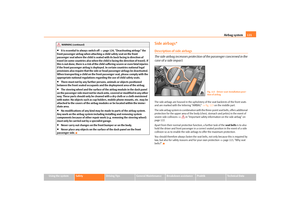 122
122 123
123 124
124 125
125 126
126 127
127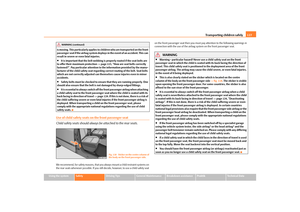 128
128 129
129 130
130 131
131 132
132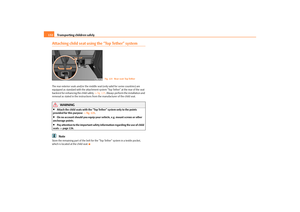 133
133 134
134 135
135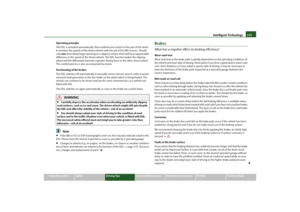 136
136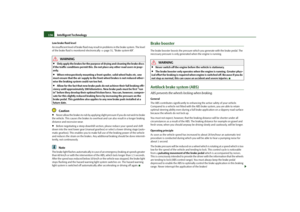 137
137 138
138 139
139 140
140 141
141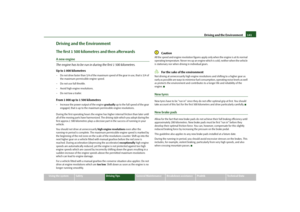 142
142 143
143 144
144 145
145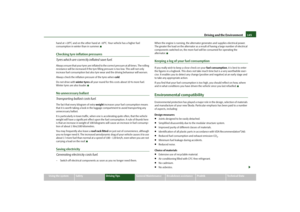 146
146 147
147 148
148 149
149 150
150 151
151 152
152 153
153 154
154 155
155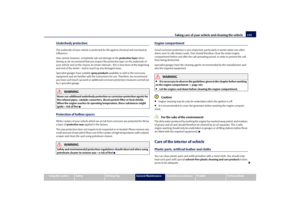 156
156 157
157 158
158 159
159 160
160 161
161 162
162 163
163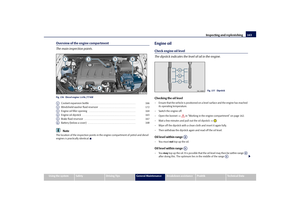 164
164 165
165 166
166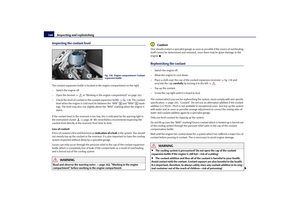 167
167 168
168 169
169 170
170 171
171 172
172 173
173 174
174 175
175 176
176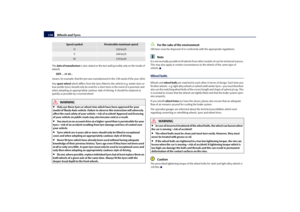 177
177 178
178 179
179 180
180 181
181 182
182 183
183 184
184 185
185 186
186 187
187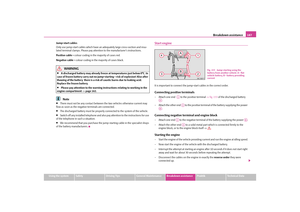 188
188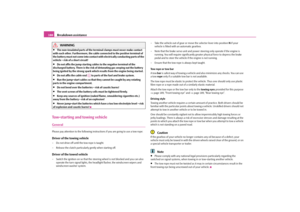 189
189 190
190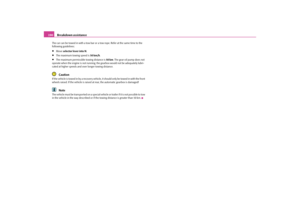 191
191 192
192 193
193 194
194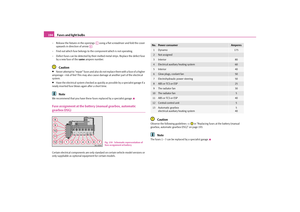 195
195 196
196 197
197 198
198 199
199 200
200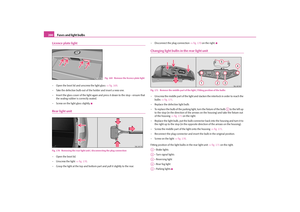 201
201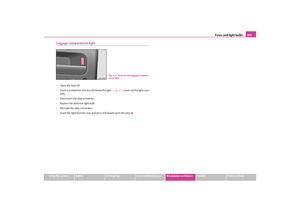 202
202 203
203 204
204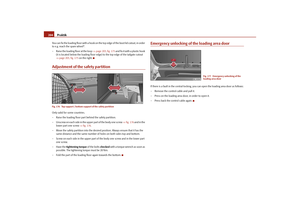 205
205 206
206 207
207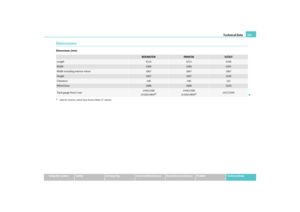 208
208 209
209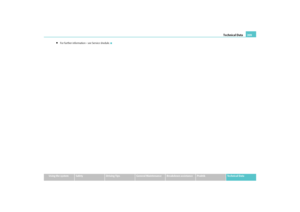 210
210 211
211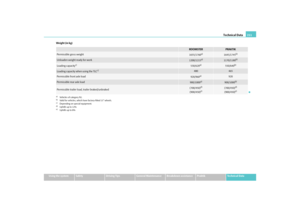 212
212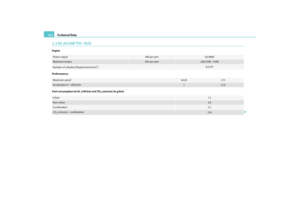 213
213 214
214 215
215 216
216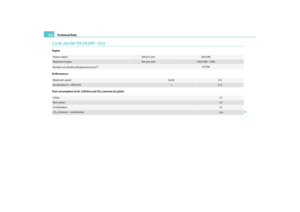 217
217 218
218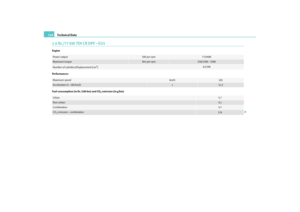 219
219 220
220 221
221 222
222 223
223 224
224 225
225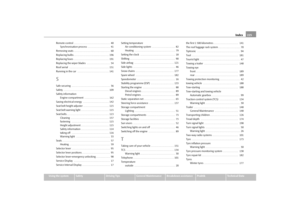 226
226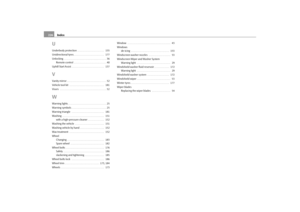 227
227 228
228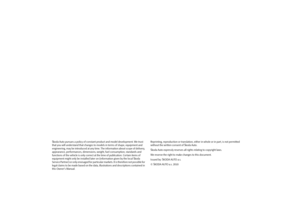 229
229 230
230



